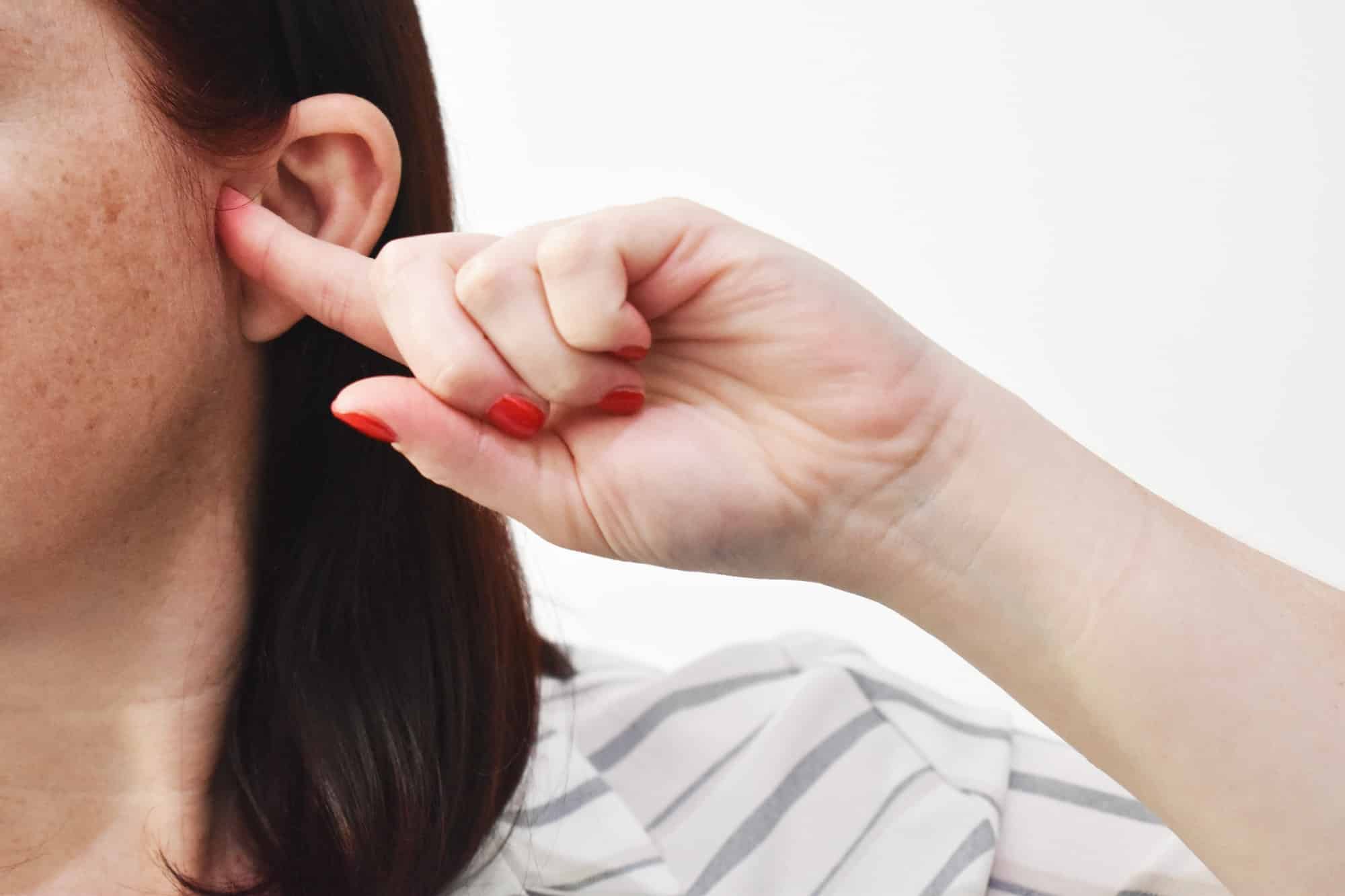Tinnitus, a condition characterized by a bothersome and often persistent ringing, buzzing, or clicking sound in the ears, affects millions of people worldwide. As you grapple with this condition, you may become desperate to find relief. This article sheds light on an innovative therapy involving personalized acoustic stimulation that has been showing promising results in the treatment of tinnitus.
Unveiling Tinnitus and Its Impact on Patients
Tinnitus is a widespread hearing condition that affects approximately 15% to 20% of the population. The condition is often associated with varying degrees of hearing loss and can significantly impact a patient’s quality of life. The severity of this condition differs from person to person, ranging from a minor nuisance for some to a major disruption to daily life for others.
A voir aussi : How Effective Is Platelet Lysate Therapy in Treating Osteoarthritis?
Tinnitus is typically characterized by the perception of noise or ringing in the ears, a sound that’s not caused by an external stimulus. Due to its subjective nature, the precise diagnosis and treatment of tinnitus can present a significant challenge. Consequently, it’s essential to explore various therapy options, such as personalized acoustic stimulation, that can target the root cause of the problem rather than merely addressing the symptoms.
Personalized Acoustic Stimulation: A New Approach to Tinnitus Therapy
Over the years, numerous treatment options have been proposed for tinnitus, ranging from cognitive-behavioral therapy to pharmacological treatments. However, many of these therapies have seen limited success, prompting researchers and clinicians to explore new, evidence-based approaches.
A voir aussi : Can the Use of Digestive Enzymes Improve Gastrointestinal Function in Patients with Pancreatic Insufficiency?
One such promising therapy is the use of personalized acoustic stimulation. This approach involves creating a unique, personalized sound stimulus for each patient. The sound is specifically designed to ‘distract’ the brain from the tinnitus sound, enabling the patient to focus on external sounds instead of the internal noise.
This technique is based on the principle of neuromodulation, which involves the alteration of nerve activity through targeted delivery of a stimulus. In the case of tinnitus, personalized acoustic stimulation is used to modify or modulate the auditory nerve’s activity, thereby reducing the perception of tinnitus.
Neuromonics and the Role of Personalized Acoustic Stimulation
Neuromonics is a key player in the field of personalized acoustic stimulation. This Australian company has developed a novel treatment strategy for tinnitus that combines auditory stimulus with a structured counseling program.
The Neuromonics treatment employs a device that generates a wide-frequency, customized acoustic stimulus. This stimulus is combined with music tailored to the individual’s unique hearing profile. Through this personalized approach, the treatment aims to promote new neural connections that help the brain filter out the tinnitus noise.
Clinical studies have demonstrated the effectiveness of this approach. A study published by the American Journal of Audiology reported that over 90% of patients treated with Neuromonics experienced a significant reduction in their tinnitus symptoms.
Implementing Personalized Acoustic Stimulation Into Patient Therapy
The implementation of personalized acoustic stimulation into patient therapy involves a multi-step process. Initially, an audiologist will perform a comprehensive auditory assessment to determine the patient’s specific hearing condition. Using this information, a unique acoustic stimulus is then created, specifically designed to target the patient’s tinnitus.
Patients are typically required to use the acoustic stimulus for a few hours each day, gradually increasing the time as they become more comfortable with the treatment. The device delivering the stimulus can be worn like a regular pair of earphones, allowing patients to receive treatment while going about their daily activities.
Personalized acoustic stimulation represents a significant breakthrough in the treatment of tinnitus. It is a non-invasive treatment option that offers hope to those suffering from this often debilitating condition. By tailoring the treatment specifically to each patient’s individual needs, personalized acoustic stimulation provides a promising alternative to traditional methods of managing tinnitus.
The Future of Tinnitus Treatment and the Role of Personalized Acoustic Stimulation
With the advancement of technology and an increasing understanding of tinnitus, personalized acoustic stimulation is poised to play a pivotal role in the future of tinnitus treatment. Researchers are continually refining and improving this treatment approach, ensuring it remains at the forefront of innovative tinnitus therapies.
Google Scholar, a comprehensive database of scholarly literature, offers an abundance of research studies exploring personalized acoustic stimulation and its benefits for tinnitus patients. Advancements in this field are expected to continue as more studies validate its effectiveness, leading to increased recognition and acceptance of personalized acoustic stimulation as a viable tinnitus therapy.
The key to managing tinnitus lies in understanding the individual nature of this condition. Each patient experiences tinnitus differently, and it is this individuality that personalized acoustic stimulation seeks to address. By offering a tailored solution to each patient, this innovative therapy offers a beacon of hope for those grappling with the relentless sounds of tinnitus.
Broadening the Scope: Personalized Acoustic Stimulation and Hearing Loss
While hearing loss and tinnitus often coexist, the link between them is complex and multifaceted. Not all individuals with hearing loss experience tinnitus, and vice versa. However, personalized acoustic stimulation has shown promising results in not only managing tinnitus but also addressing hearing loss.
The role of this innovative treatment in addressing hearing loss lies in its ability to stimulate the auditory system. When personalized acoustic stimulation is used, it has the potential to encourage the auditory cortex, the part of the brain responsible for hearing, to focus on processing external sounds instead of the internal tinnitus noise. This shift in focus could potentially enhance the brain’s auditory processing capacity, thereby improving hearing over time.
Devices such as hearing aids and the Neuromonics tinnitus treatment device often go hand-in-hand with personalized acoustic stimulation. These devices can be tailored to fit the individual’s unique hearing profile, delivering the customized acoustic stimulus necessary for the therapy. As patients continue to use these devices, they may experience an improvement in their hearing capabilities, alongside a reduction in their tinnitus symptoms.
Further exploration of the relationship between personalized acoustic stimulation and hearing loss can be found in scholarly databases like Google Scholar and PubMed. Multiple research articles reveal the potential of this innovative treatment in addressing both tinnitus and hearing loss, which substantiates the role of personalized acoustic stimulation in the future of auditory therapy.
Conclusion: The Evolution of Tinnitus Management with Personalized Acoustic Stimulation
In conclusion, the advent of personalized acoustic stimulation has revolutionized the management and treatment of tinnitus. This therapy, which uses a unique acoustic stimulus to distract the brain from the internal tinnitus noise, has emerged as a game-changer in the realm of tinnitus treatment. Moreover, its potential application in addressing hearing loss further broadens its scope in the field of auditory therapy.
Neuromonics, with their unique combination of a customized acoustic stimulus and music therapy, has paved the way for this innovation. Their treatment has been proven effective, with significant reductions in tinnitus symptoms reported in research studies available on databases like Google Scholar and PubMed.
Moreover, the ability to implement personalized acoustic stimulation into daily life, through devices akin to regular earphones, marks a significant leap in the accessibility and convenience of tinnitus treatment.
As we look ahead, the role of personalized acoustic stimulation in the future of tinnitus treatment appears promising. Its inclusion in tinnitus retraining therapy, its potential application in hearing loss, and its growing recognition in the medical community signal the evolution of tinnitus management.
In the face of this debilitating condition, personalized acoustic stimulation offers a beacon of hope to tinnitus patients around the world. As research advances, and this therapy continues to evolve, we can look forward to a future where the ‘ringing’ is silenced, and the perception of tinnitus is no longer a relentless battle.











